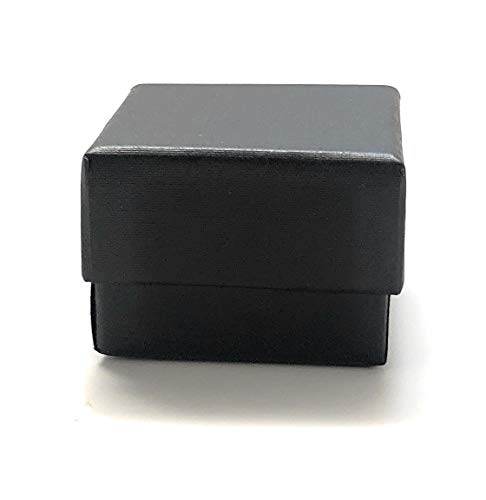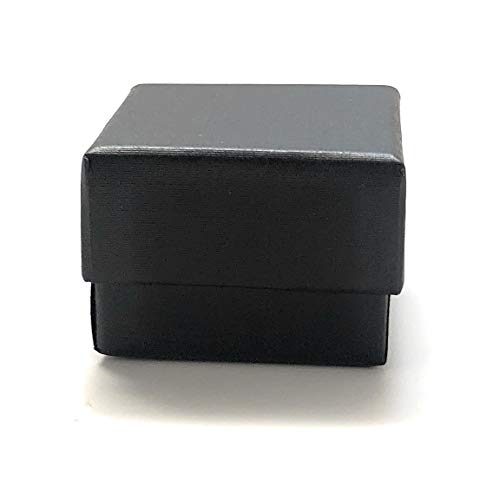Jay Pins
Harry S. Truman Presidential Dollar Lapel Pin, Uncirculated One Gold Dollar Coin Enamel Pin
Harry S. Truman Presidential Dollar Lapel Pin, Uncirculated One Gold Dollar Coin Enamel Pin
Couldn't load pickup availability
Honor the legacy of America’s 33rd President with this Harry S. Truman Presidential Dollar Lapel Pin. Crafted from an authentic, uncirculated U.S. Presidential $1 coin, this collectible pin features a detailed portrait of President Truman with a polished enamel backing.
Perfect for history enthusiasts, coin collectors, political memorabilia fans, and patriotic Americans, this lapel pin makes a distinguished accessory for jackets, ties, hats, or display cases.
Celebrate Truman’s historic leadership and add a timeless piece of U.S. history to your collection. Makes a thoughtful gift for veterans, history buffs, or proud patriots.
Approximately .80" in diameter
Authentic Uncirculated USA Coins
Hand Crafted by Artisan in the USA
Rhodium Plated Gold Butterfly Clasp Backing
Presidential $1 Coin Program
Presidential dollar coins began on January 1, 2007, and like the 50 State quarters program, was not scheduled to end until every eligible subject was honored. The program was to issue coins featuring each of four presidents per year on the obverse, issuing one for three months before moving on to the next president in chronological order by term in office. To be eligible, a President must have been deceased for at least two years prior to the time of minting. The United States Mint called it the Presidential $1 Coin Program.
Background
Harry S. Truman was born in Lamar, Missouri, in 1884. After serving in the Missouri National Guard and the U.S. Army, he was elected county court judge before serving two terms in the U.S. Senate.
Truman was elected vice president in November 1944. In less than three months of his term, he was thrust into the presidency following the sudden death of his predecessor in April 1945. He told reporters, “I felt like the moon, the stars, and all the planets had fallen on me.”
Indeed, Truman faced critical foreign and domestic challenges during his two-term presidency, including guiding the nation through the final stages of the war against Japan and avoiding a recession during the transition from war to peace; preventing the spread of communism; and addressing civil rights issues. Highlights of his presidency include the:
Truman Doctrine, affirming the United States’ willingness to provide military aid to countries resisting communism.
Marshall Plan, a strategy for reviving the economies of the European nations
Negotiation of the North Atlantic Treaty Organization, a military alliance to protect Western nations.
Fair Deal, a program outlining his agenda for domestic economic growth and social reform.
Use of executive orders to end racial segregation in the armed forces and civil service.
Appointment of eighteen women to high ranking posts, including Georgia Neese Clark, the first U.S. Treasurer.
Share








